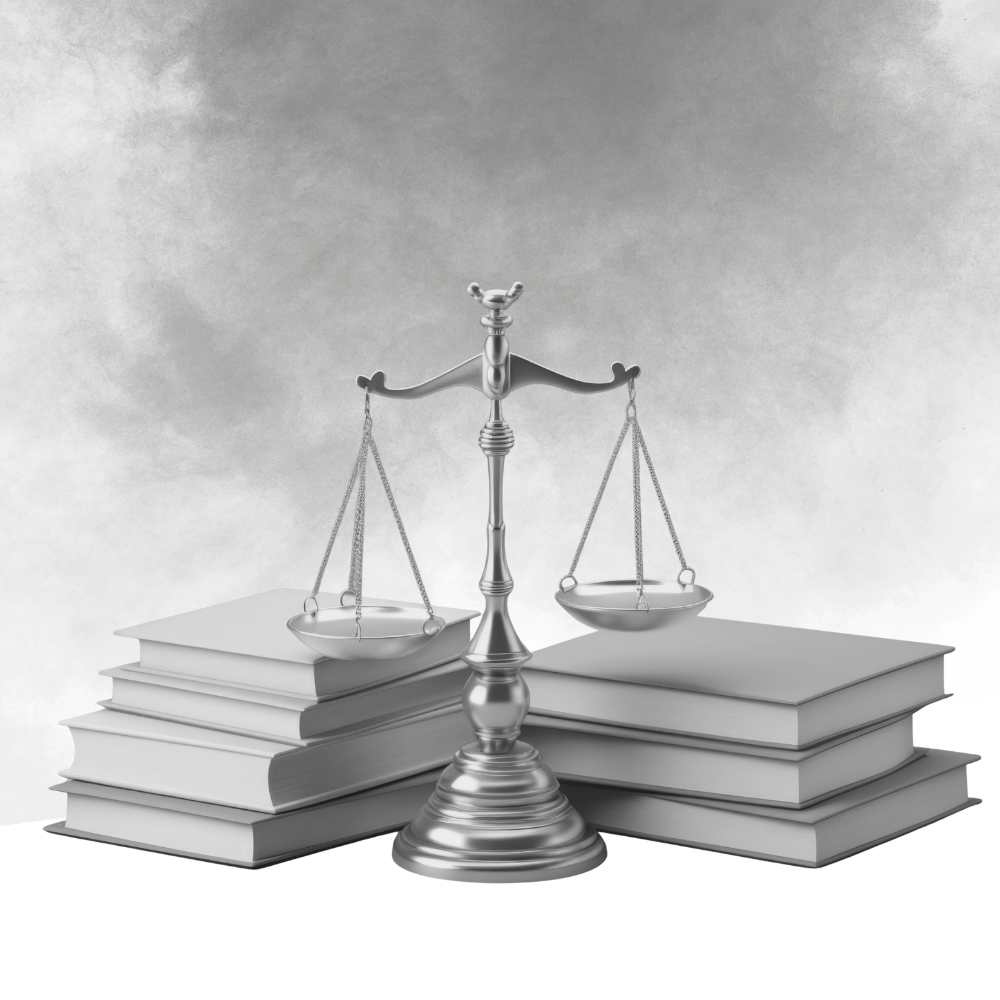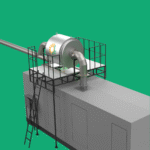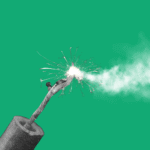
Regulatory Requirements for RECD for Diesel Generators in India
As the Indian economy continues to grow, the demand for diesel generators (DGs) remains robust due to their reliability in providing backup power during outages and their wide use in various industries. However, the environmental impact of these generators, particularly their emissions, has become a pressing concern. In response, the Indian government has implemented a series of regulatory measures aimed at controlling and reducing emissions from diesel generators. This blog delves into the regulatory framework surrounding air pollution control device for diesel generator in India, offering insights into compliance requirements, implementation strategies, and the future outlook.
The Need for Emission Control
Diesel generators, while crucial for ensuring uninterrupted power supply, are notorious for their high levels of pollutants, including particulate matter (PM), nitrogen oxides (NOx), Carbon Monoxide (CO), and hydrocarbons (HCs). These emissions contribute significantly to air pollution, impacting public health and the environment. To address these issues, the Indian government has set stringent emission norms and encourages the adoption of retrofit emission control technologies.
Regulatory Framework in India
1. Central Pollution Control Board (CPCB) Standards
The Central Pollution Control Board (CPCB) is the primary body responsible for setting and enforcing emission standards for diesel generators in India. The CPCB’s guidelines are formulated under the Environment (Protection) Act, 1986. According to CPCB regulations, diesel generators are classified based on their power output, and specific emission standards are prescribed for each category.
For instance, the CPCB’s emission standards for DG sets have evolved through various stages. The latest regulations, as per CPCB’s notifications, mandate stricter emission limits for CO, PM, and HC. DG sets installed or operated in areas with higher pollution levels, such as industrial zones and densely populated areas, are required to meet these stringent standards.
The Central Pollution Control Board (CPCB) has laid down guidelines for Retrofit Emission Control Devices (RECD) compliance for diesel power generating set engines up to 910kVA gross mechanical power. Here are the key points:
1.1. Applicability & Scope
The guidelines apply to in-use diesel-operated internal combustion engines (up to 910kVA) used for generator sets (Gensets). The goal is to achieve emission reduction by using retrofitted emission control devices (RECD).
1.2. Minimum PM Capturing Efficiency of a Retrofit Kit for DG Set
DG sets (diesel generators) are permitted in industrial applications under the Graded Response Action Plan (GRAP) if equipped with RECD.
2. Retrofit Kit for DG Sets Regulations
To meet these emission standards, the use of a retrofit kit for DG Set has become essential. The Ministry of Environment, Forest, and Climate Change (MoEF&CC) oversees the approval and certification of these devices. Retrofit technologies, such as Diesel Particulate Filters (DPFs), Selective Catalytic Reduction (SCR) systems, and Exhaust Gas Recirculation (EGR) systems, are designed to reduce emissions effectively.
The certification process for these devices involves rigorous testing and validation to ensure they meet the emission reduction requirements set by the CPCB. RECD manufacturers in India must adhere to these certification protocols and provide detailed documentation proving their compliance.
3. Compliance and Monitoring
Compliance with emission standards is not just a matter of installing retrofit devices. Regular maintenance and monitoring are crucial to ensure that these devices continue to operate effectively. The CPCB requires DG set operators to conduct periodic testing and submit emission compliance reports.
The CPCB guidelines prescribe test methods, testing equipment, and related procedures for type approval testing of retrofitted emission control equipment used for particulate control in Gensets. The standard CPCB–PCLS/12/2021-22 draws from ISO standards and other relevant regulations
Non-compliance can result in penalties, operational restrictions, or even the shutdown of non-compliant generators.
4. State-Level Regulations
In addition to national regulations, individual states may have their own rules and guidelines regarding diesel generator emissions. For example, states like Delhi and Maharashtra have implemented stricter local regulations due to their severe air quality issues. It is vital for DG set operators to be aware of and comply with both national and state-level requirements to avoid legal complications.
Implementation Challenges
1. Cost Implications
One of the significant challenges of retrofitting diesel generators with emission control devices is the cost. The initial investment for high-quality retrofit technologies can be substantial. While there are long-term benefits in terms of reduced emissions and compliance with regulations, the upfront cost can be a barrier, especially for small and medium-sized enterprises.
2. Technical and Operational Issues
The installation and maintenance of retrofit emission control devices require technical expertise. Ensuring that the devices are compatible with existing DG sets and that they function optimally involves careful planning and execution. Additionally, operators need to be trained in the maintenance of these systems to prevent performance degradation over time.
3. Availability of Technology
The availability and accessibility of advanced emission control technologies can also be a challenge. While several manufacturers offer retrofit solutions, the market for these devices is still developing in India. Ensuring that high-quality, reliable technologies are accessible to all DG set operators is crucial for widespread compliance.
The Future Outlook
1. Advancements in Technology
The future of emission control for diesel generators in India looks promising with advancements in technology. Innovations in retrofit devices, such as more efficient catalysts and advanced filtration systems, are continually emerging. These advancements are expected to reduce costs and improve the effectiveness of emission control solutions.
2. Policy Developments
The Indian government is likely to continue tightening emission standards and enhancing regulations to address air quality concerns. Policymakers are also exploring incentives for the adoption of cleaner technologies, which could ease the financial burden on DG set operators.
3. Public Awareness and Corporate Responsibility
Increasing public awareness about the environmental impact of diesel generators and the importance of emission control is driving corporate responsibility. Companies are recognizing the benefits of adopting cleaner technologies not only for compliance but also for their corporate image and sustainability goals.
Concluding Remarks
Navigating the regulatory landscape for retrofit kits for diesel generators in India requires a thorough understanding of the standards set by bodies like the CPCB and MoEF&CC. While challenges such as cost and technical issues exist, the benefits of compliance—both in terms of environmental impact and regulatory adherence—are substantial. As technology continues to advance and regulations evolve, staying informed and proactive will be key for DG set operators to ensure they meet emission control requirements effectively. Embracing these changes by a Supplier of RECD not only contributes to a cleaner environment but also aligns with the broader goals of sustainable development and corporate responsibility.



